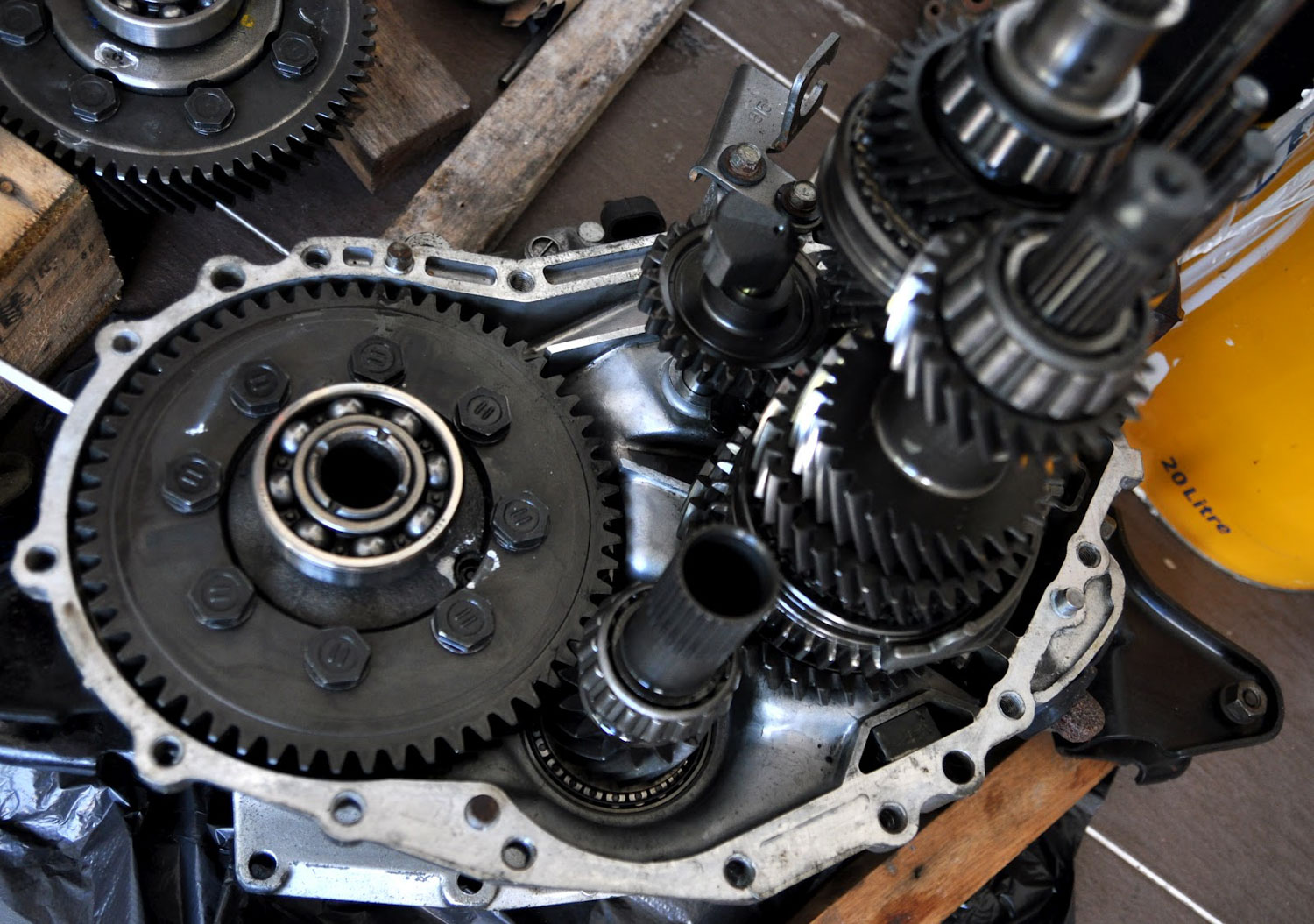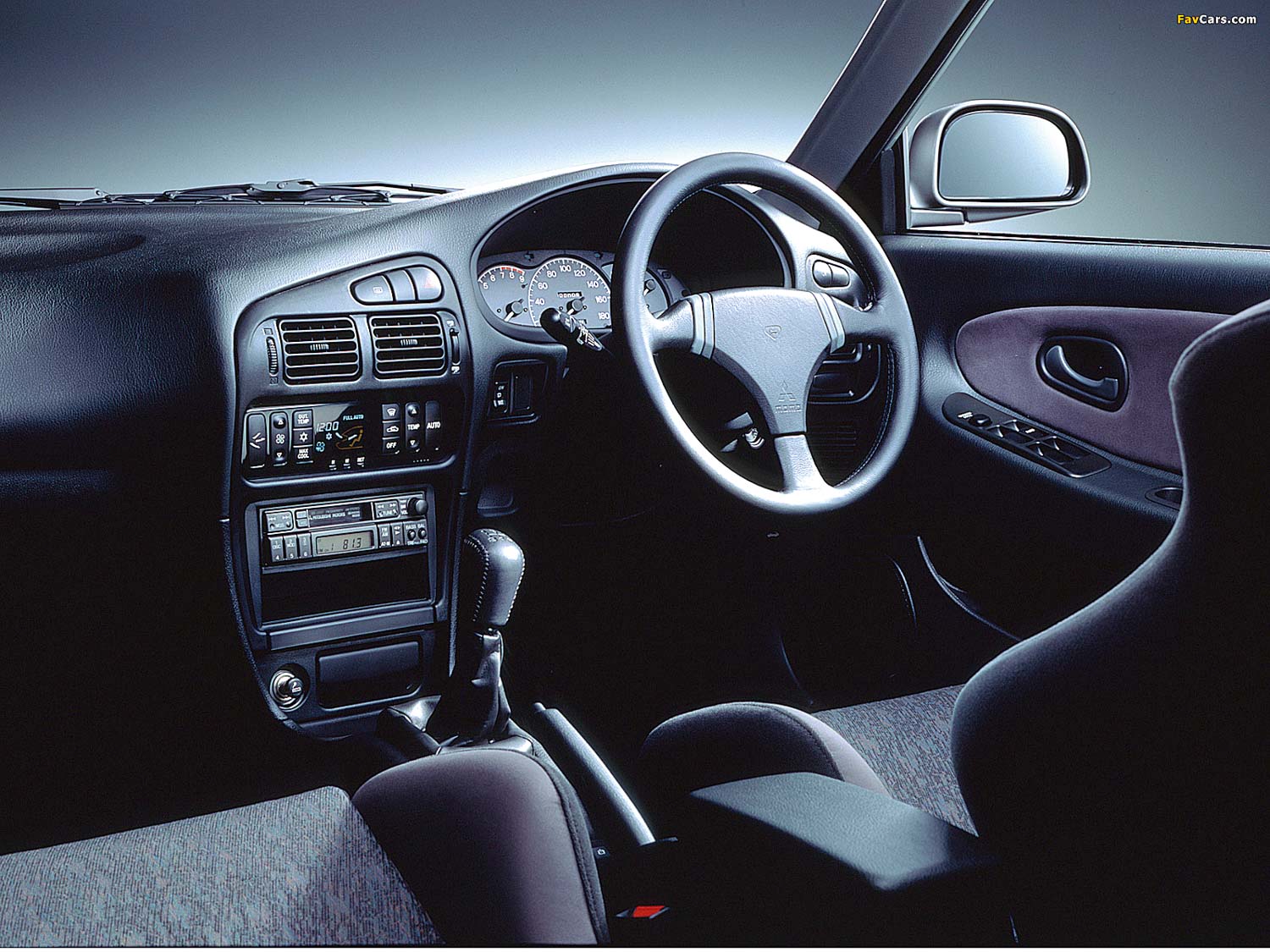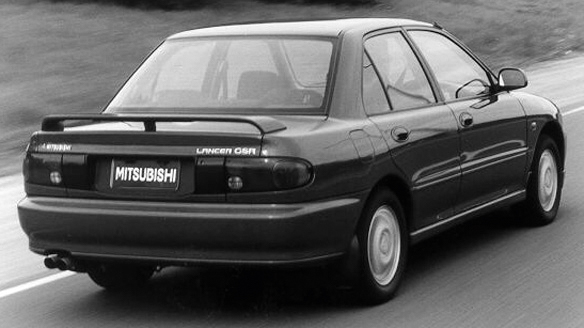The Mitsubishi Lancer GSR has a very strong heritage in New Zealand, being popular due to its four-wheel driveline and relatively strong 1800cc DOHC turbo engine. The GSR shares the same chassis as the CD9A and CE9A Mitsubishi Evolution, which means scrapyard upgrades are plentiful, and with the GSR having hit a new low in pricing lately, with some examples available for around $3000, it makes for the perfect scrapyard build.

Separate tip
This shape of Lancer suffered hugely from rust in the roof where it joins the rails due to the glue used in the factory, and many have had the old roof cut out and replaced with a fresh item. Keep this in mind if you are on the market for a CD5A, CD9A, or a CE9A Lancer.

Engine
At 1800cc, the 4G93T engine found in the GSR is smaller than the Evo’s 2000cc, so naturally out-of-the-box performance won’t be as good. Alongside that, the turbos are smaller and the internals are weaker. But that won’t stop you making respectable power out of your GSR, running a quick time down the quarter mile or boosting around town with year-round reliability.
To get your GSR to this point will require more boost, but it is definitely not just a case of buying a manual bleed valve and wildly increasing the pressure. If you are only after a small increase in torque without getting your hands too dirty, simply install a boost gauge and an affordable boost controller, and turn the boost up to 12psi. That amount of boost using the stock turbo, with an upgraded exhaust system from the turbo back — plus a free-flowing intake — will give you decent mid-range gains, but the stock turbo runs out of puff after 5000–5500rpm, depending on your exhaust system. If you want to retain this newfound mid range, but with a much larger top end, a turbo upgrade with supporting modifications is your only option.
The common turbo of choice is the TD05-16G off the Evo III. A second-hand one of these units should cost you around $300 to $400 depending on the sort of life it has had. We would advise you have the turbo checked over by a specialist, or factor a complete rebuild into the buy price, as brand-new units will be very expensive unless you go aftermarket. You will need to port match the turbo flange on the exhaust manifold to match the much larger TD05-16G exhaust housing, which will hugely improve boost threshold. A few things need to be upgraded simultaneously with the bigger turbo. The airflow meter will need to be swapped for an Evo item labelled ‘609’, and as it will have a different intake shape, you will require the Evo intake piping to marry it together. Mitsubishi Magnas also came out with this airflow meter, so keep your eyes peeled for one at your local scrap yard.
To keep up with fuel demands, you will need to install the injectors from the big-brother 4G63 Evo I–III, they are 510cc and a direct bolt-in. These new fuel and turbo additions won’t work with the stock ECU, so don’t even try — you’ll have to locate a factory Evo I–III ECU to make it all work, alongside an A’PEXi SAFC fuel computer and wideband air/fuel-ratio gauge to ensure the engine isn’t running lean. Boost pressure can now be increased from the 12psi you were bored with, to a tried and tested 15–17psi. If you are after more power than 180kW at the wheels, the rods won’t keep up, so a complete engine swap to a 4G63 engine out of the Galant VR4 or the early Evos is your best option.

Driveline and suspension/handling
GSR owners are very lucky they have the Evo bin to raid for affordable upgrades. The GSR suspension was known to be on the soft side from factory, and 20 years down the track they haven’t got any better. The entire Evo driveline bolts in to give you plenty of options in this department. Whether you are building a quarter-mile weapon or just a tough streeter, we recommend upgrading the stock clutch with an Evo item for extra clamping force, or an uprated pressure plate at a minimum. If you’re after a bit of extra rear grip you can use the Evo II or III rear mechanical LSD centre, and utilize the GSR crown wheel and pinion to retain the CD5A 3.545:1 rear diff ratio. GSR gearboxes aren’t known to be the strongest, and with your newfound extra kW, we would advise making this a priority. For added gearbox strength for those hard launches, you can make a hybrid combination using the Evo first and second gears within the GSR gearbox, which will retain the closer final-drive ratio.
To firm up the GSR’s soft ride, there are a couple of options depending on your budget and goals. Replacing all the bushes under the car with urethane items will definitely be a great start, and you can combine this with a brand-new set of OEM shock absorbers and uprated, firmer lowering springs if you are on a budget. If you have a bit more cash, hunt down a nice set of Japanese height- and damper-adjustable coilovers — these should be readily available in great condition second-hand at various performance-part importers around the country.
To further stiffen the chassis, strut braces are a good addition. The most effective type of strut brace is the single-piece unit, as opposed to the less effective three-piece items which use bolts to join the brace to the strut mount. Sway bars are an often-overlooked upgrade, yet are among the most effective. Increasing the size of your rear sway-bar will reduce some of that nasty understeer this chassis is well known for, and give you a more stable ride.

Exterior/interior aesthetics
In factory trim, the Lancer GSR looks a bit underwhelming. The exterior was without any large rally-inspired wing, and the bumpers had no aggressive lips or air dams. A few folk prefer this style as it lets them claim sleeper status, but if you want to have a tougher-looking GSR, Evo III bumpers, side skirts and wing are the most-aggressive factory upgrades. A factory Evo front bumper won’t fit as it is 20mm too wide, and only works with the Evo guards, so these must also be sourced. Many body-kit manufacturers have taken this into consideration and have produced GSR-specific Evo III–style front bumpers, so make sure to check with your chosen kit supplier. If you are after a bonnet upgrade, Evo versions look very aggressive and have a lot more ventilation, which is great now that you’re making plenty more power and heat.
These ’90s Mitsubishis aren’t the most luxurious, but the GSR does feature some very sporty-looking Recaros, though by now they have probably suffered bad bolster wear, and may be worth replacing. To keep you planted in your seat on those midnight touge runs, or at the race track, find a set of Evo II or III Recaros, or we have even seen Evo VI seats installed which are much nicer. Seats like these Recaros have much larger side bolsters to keep you nice and tight under hard cornering. It’s not until you have decent seats that you are able to really find the limits of the car before finding the limits of the seat, which otherwise will alway come first. Evo rear seats are also a nice addition if you carry passengers often.

Results
What you have just built is nothing to laugh at. Head down to the drag strip and show everyone what your nimble 1800cc GSR can do, you should find quarter-mile times dipping into the low 13s and high 12s with ease. The Evo turbo and supporting mods will net you anywhere between 140 and 170kW at the wheels which, when combined with the superior all-wheel drive gearbox, will see you decimate most cars.
The engine upgrades won’t cost you much more than $1500, how’s that for a budget rocketship? The Mitsubishi GSR is probably one of the most versatile cars around given it’s also capable of tearing up your local circuit. Just keep in mind that as cool as rev-limit launches look, they aren’t good for your driveline.





